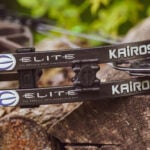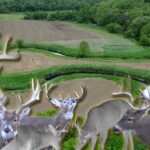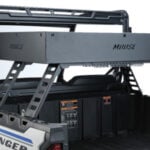by Paul Annear
Hunters have long argued the differences and similarities when it comes to baiting vs. food plots. Almost all hunters utilize strategy that includes hunting on or near a food source whether it be naturally occurring or manufactured. Mention a hint of the word baiting or food plots, and folks are sure to bring their full force of opinions. The baiting vs. food plots argument is somewhat new school vs. old school discussion, but this does not mean the debate will die anytime soon.
Food-Plotter Argument
Hunters tilling up dirt and spending more money on food plots than last month’s family grocery bill certainly is not a brand new concept. The increase in companies and hunting icons investing their time and money into the food plot industry has encouraged everyday hunters to essentially begin farming for deer. Right up front, most hunters strictly creating plots and not using bait will argue food plotting is different than baiting. The fact that food plots are very much dependent on outside circumstances is a go-to argument for food plotters. Creating a food plot is no guarantee and requires an area suitable for planting. This first step alone could take years of planning and strategizing. Once a site is chosen, you must have the sunlight, soil conditions, rainfall, and proper maintenance for that food plot to hold and attract deer. These variable and uncontrollable conditions of food plotting cause many hunters to believe food plots are extremely different from baiting. No food plot can be buried in a thicket surrounding a prime bedding area amid hills and creeks, bait can.
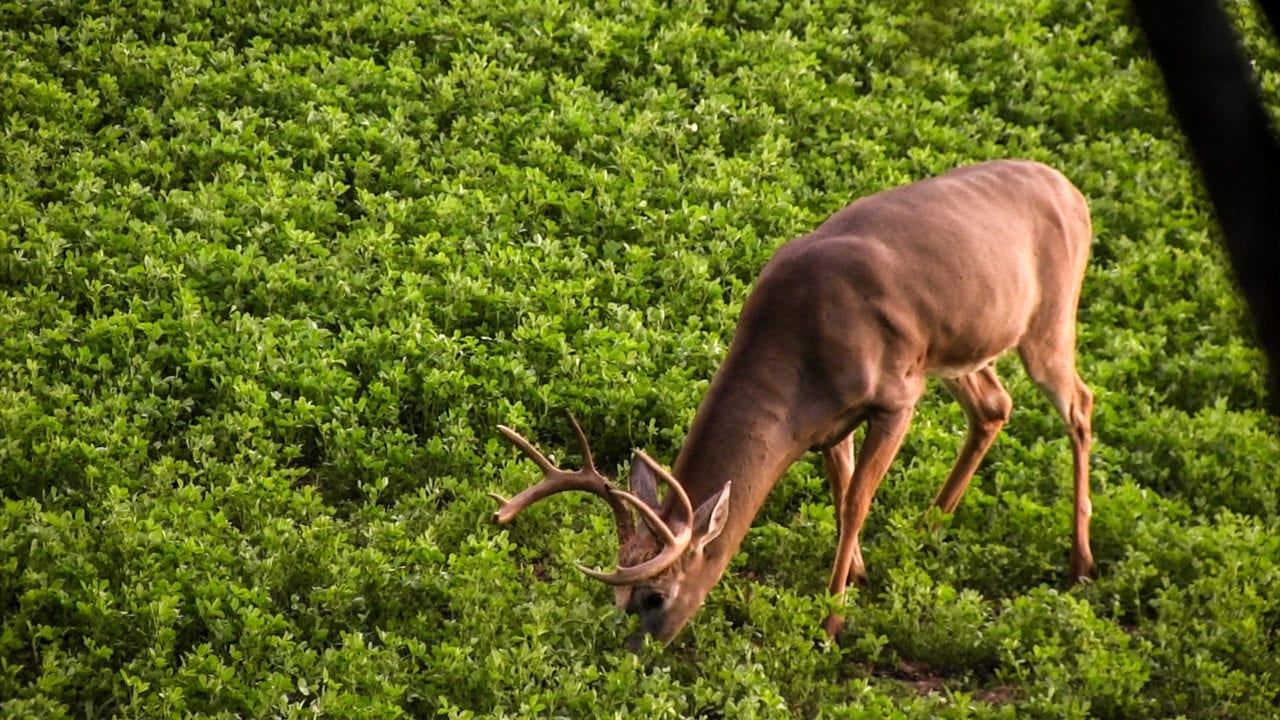
While food plots do draw deer, they fail to place deer in a precise spot like a bait pile will.
For those who own their food plot equipment such as a tractor, disc or tiller, sprayer, and mower—it can become a massive investment requiring financial thought and consideration. Your budget can get out of hand quickly if you do not research and haphazardly overpay for equipment. Do not forget you will need a place to store this equipment if you own it—another small fortune. After you have emptied your wallet, you will need to spend considerable time and effort making your food plot dreams come true. Time must be spent prepping the site which may include spraying and tilling, followed by planting. If you live some distance from your property, time to spray and till or disc are typically spread out over a few weeks and can become a large commitment. If you are lucky enough to borrow equipment free of charge, a food plot can still be an expensive endeavor as spray, seed and fertilizer will add up quickly. Those hunters who strictly food plot would argue it is very different than baiting as too many outside factors influence the success of the plot. A dry growing season could result in a sun torched field of soybeans or cause your clover to go dormant until adequate rainfall returns, where supplement can be replenished anytime.
The Baiting Argument
Baiting is a long standing, traditional way of feeding and attracting deer. Popular whitetail states such as Wisconsin and Michigan have allowed baiting in most counties for a long time (although this is changing quickly). These two states see a high number of hunters who take advantage of this practice. Although bowhunters certainly take advantage of legal baiting, gun seasons account for most baiting and subsequent baiting related fines. In 2006, Wisconsin officials handed out 455 baiting citations, 299 of which occurred during the 9-day rifle hunt.
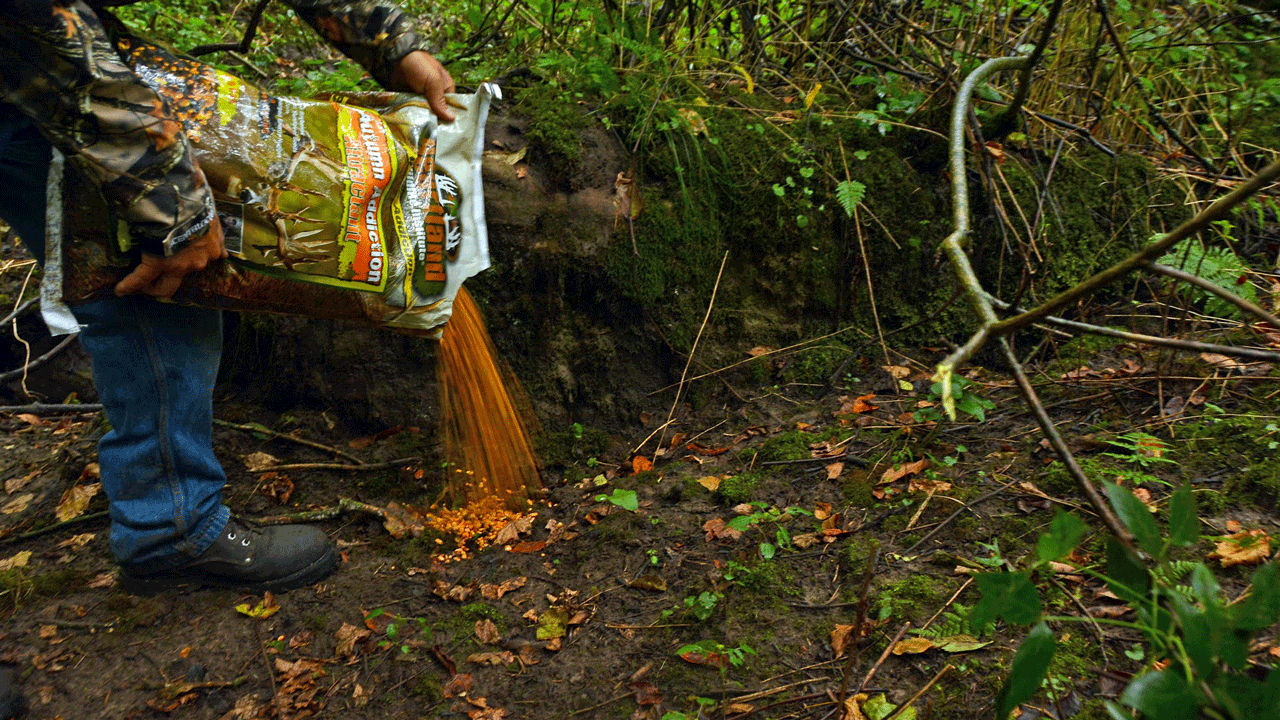
If you pour it out, they will come.
Some hunters rely on bait for a successful hunt which may occur far from any food source. Many family hunting traditions involve re-stocking feeders and selectively choosing bait locations for the much anticipated rifle season. Hunters who set out bait for deer would argue it is part of the hunt and ingrained in their way of chasing whitetail. Many also say food plots essentially accomplish the same goal as baiting; concentrating deer on a food source. Those who bait might argue that a standing soybean field is in fact more attractive than a pile of supplement or corn. They may be correct, but a food plotter would argue that since a plot is spread out, a shot might not always present itself. Hunters setting out bait would also argue that many bucks are smart and do not always use bait during daylight hours. Bucks still use caution and approach a bait pile from the correct wind and during the right conditions; setting out bait guarantees nothing. While the latter is probably true, the differences between food plots and baiting are stark.
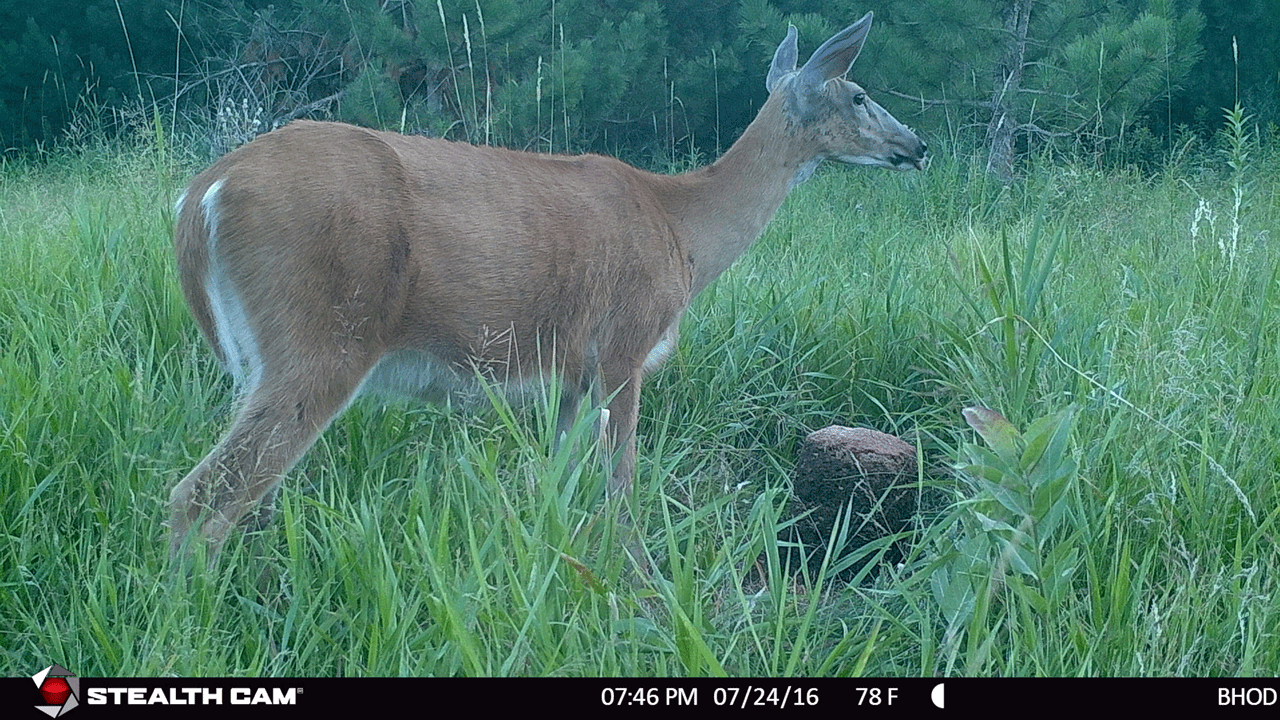
Bait places deer exactly where you want them.
Baiting vs. Food Plots – The Verdict
In my opinion, the baiting vs. food plotting argument is an easy one. They are different due to the effort, time and outside factors influencing their success. I compare it to punching in a destination into a GPS showing multiple routes. While the result is ending up at the same location (hunting over food), the way in which you got there is very different. One route may be shorter and take you on the interstate, another could be slower and keep you on county roads with varying terrain and sharp turns. Another reason I believe they are different is due to the locations where bait can be placed. If you can walk to a location, you can place bait. That is not true with every desired food plot location. Food plots are dependent on weather and a variety of other factors, bait requires nothing more than money and effort to place and re-stock. Sure, bait requires the deer find it and use the supplement, but not much else is required. Boiling down the argument between food plots and bait is really about time, effort, and outside factors in my opinion.
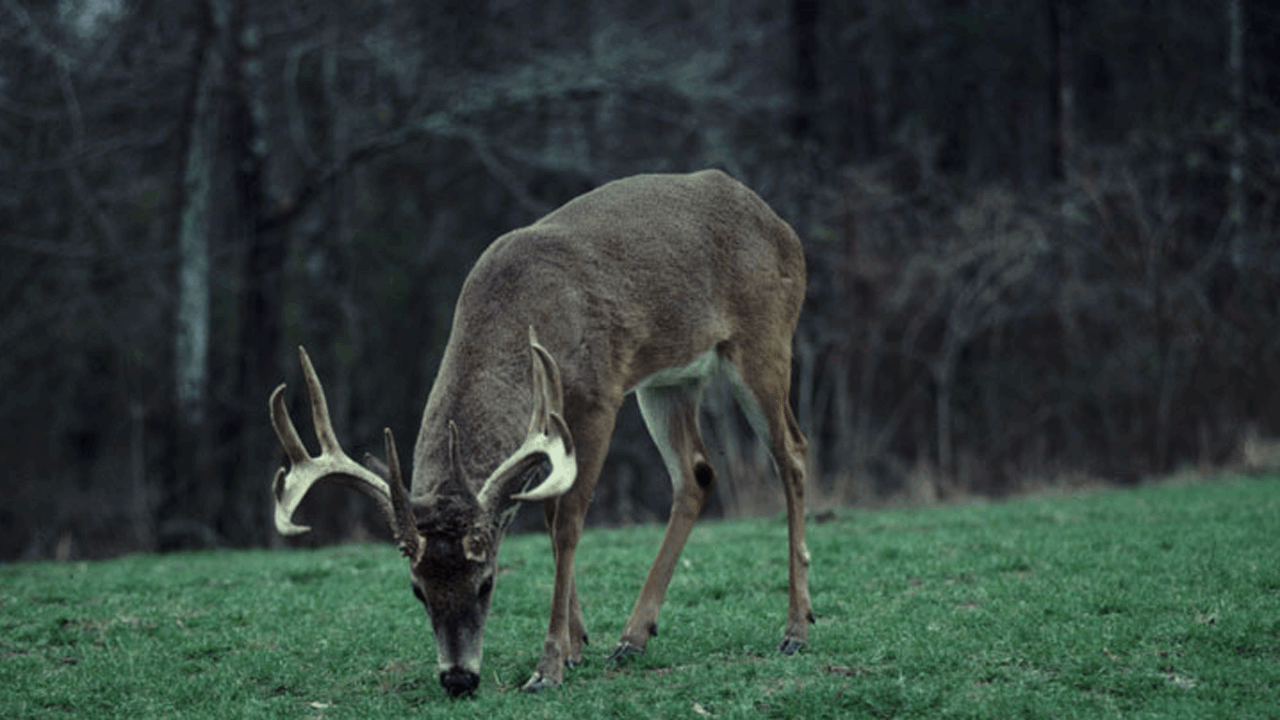
Food plots and bait differ in more ways than you might initially think.
Are Food Plots Conservation?
I’ve concluded that food plots are different from baiting, but are food plots a sustainable and responsible practice? Are food plots conservation? My first inkling was that food plots did not exactly fit into the conservation category. For an educated perspective, I reached out to Lindsay Thomas Jr., Communications Director for the Quality Deer Management Association. Lindsay claims, “anything we do to enhance nutrition, improve habitat, and aid us in sound herd management choices, is a step toward ensuring the sustainability of deer populations.” Lindsay also said, “research from the University of Georgia shows that a broad range of non-game species such as insects, birds, and other mammals use food plot spaces, not just deer.” Lindsay encourages hunters to utilize the tool of food plots, but mentions that habitat improvements “should not stop at the edge of the food plot opening”, and that “native plants in the forest understory or in natural openings are the foundation of food and cover for deer, which they rely on every day of the year.” Food plots can be considered part of the wide net of conservation, but food plots should be created in conjunction with other habitat improvements such as sustainable timber practices.
We want to hear from you. What method do you prefer when it comes to baiting vs. food plots? Or both? Comment below and let us know the traditions and methods you use in your neck of the woods.


